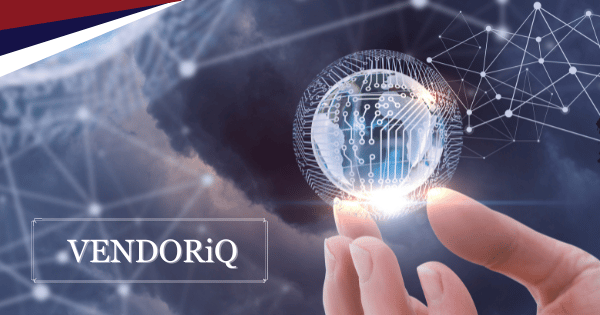Observations
The decision to migrate a core ERP system between hyperscale cloud competitors is significant. While rare, these moves have the potential to provide not only infrastructure savings, but new opportunities. But they are seen as risky.
The Orica case study demonstrates that such a move is not only feasible, but can yield substantial infrastructure improvements. However, for the C-suite, the more compelling narrative is what happens after the migration. At Google’s summit, Orica suggests the primary benefit of moving to its platform is not just infrastructure optimisation but gaining direct access to an integrated data and AI ecosystem that is often overlooked in a market dominated by AWS and Azure.
Orica’s ability to connect its migrated SAP data to Google’s BigQuery and Vertex AI platforms to improve sales forecasting is a tangible example of this strategy. It validates the argument that co-locating critical enterprise data with advanced AI tooling can accelerate the path to business value. This is a critical consideration for COOs, CFOs and CIOs, who, according to analysts, have shifted focus from AI proofs-of-concept to demanding clear return on investment. While Google Cloud remains third in market share, it is growing faster than its rivals and is increasingly recognised for its strengths in AI and data analytics.
Google is framing its long-term vision as the ‘agent era’—a shift from simple automation to AI systems that can reason, plan, and act autonomously, while being fed from core ERP data. While this vision is still nascent, the newly announced Australian onshore processing and model distillation, training and refinement capabilities make these advanced tools broadly accessible, even to Australian government and financial services organisations, which have stringent data residency and control requirements.
Recommendations
- Chief Operations Officer (COO): In terms of productivity and business outcomes the Orica case study demonstrates how the selection of cloud and use of AI leads to increased revenue and time to achieve outcomes for the business using technology to design for the future, not just optimise the past.
- Chief Information Officer (CIO): The Orica case study provides a strong precedent for evaluating cloud strategy beyond incumbent providers. It demonstrates that a well-executed migration can de-risk operations while positioning the organisation to leverage a more advanced data and AI platform for future innovation.
- ERP Operations Lead: The technical outcomes of the Orica migration—an 18-week timeline, improved application performance, and a 50% reduction in the runtime for a critical business planning job—offer a concrete benchmark. This role should assess whether GCP’s SAP-certified infrastructure and automated backup services could resolve existing performance bottlenecks and enhance business continuity.
- Chief Financial Officer (CFO): The focus on delivering measurable business outcomes, such as improved sales forecast accuracy, provides a clearer line from cloud infrastructure spending to business value. The pay-as-you-go model and potential for cost savings on core operations (e.g., backup) support a stronger business case for investment.
- Cloud Architects: The partnership between Google and SAP to build open data and AI solutions is a key technical driver. Architects should evaluate how GCP’s unified data platform (BigQuery) and open model orchestration (Vertex AI) could simplify their data architecture and prevent vendor lock-in, compared to the approaches of other hyperscalers.
Next Steps
- Re-Evaluate Multi-Cloud Strategy for Core Workloads: Rather than defaulting to an incumbent provider, CIOs should direct cloud architects to conduct a thorough TCO and performance analysis for migrating a critical enterprise application (e.g., ERP) to GCP, using the public metrics from the Orica migration as a baseline.
- Mandate a Data-First Proof of Value: Commission a proof-of-value project that mirrors Orica’s success. The goal should be to connect an existing enterprise data source to GCP’s Vertex AI and BigQuery to solve a specific business problem, with success measured by a clear business KPI, not just technical completion.
- Conduct Sovereignty and Governance Due Diligence: For organisations in regulated sectors, engage directly with Google to validate that its new onshore AI processing capabilities and data boundary controls satisfy specific legal and compliance mandates.
- Press for ‘Agent’ Governance Details: The ‘agent era’ introduces new operational risks. CIOs and architects must press all vendors, including Google, for clear documentation and ‘governance artefacts’ that detail how to manage, monitor, and secure autonomous AI agents to prevent unforeseen errors and costs.


